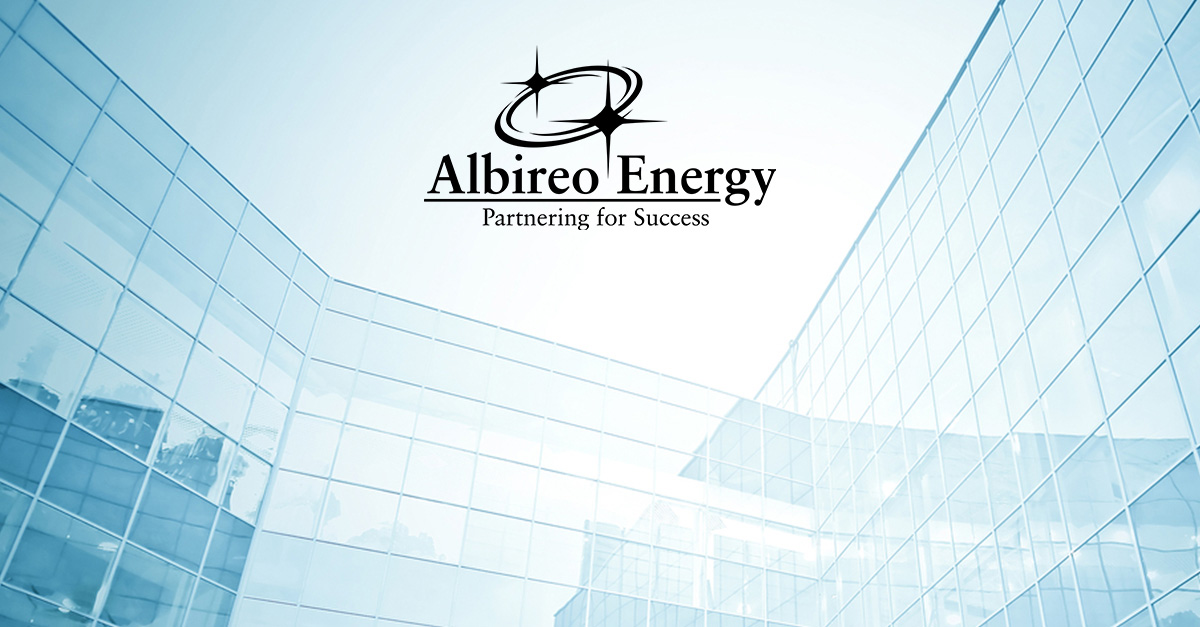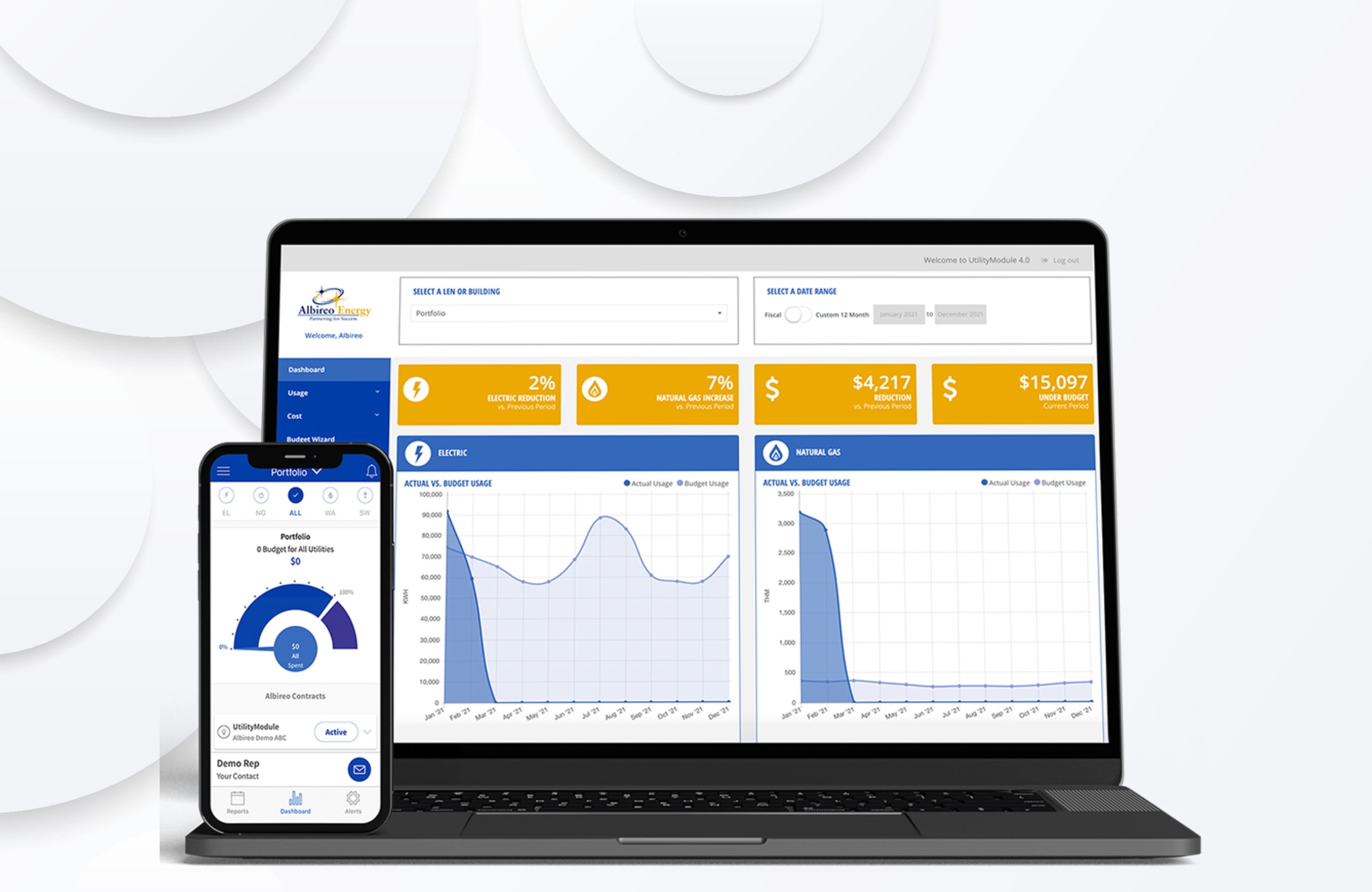Albireo has spent years working on a simple problem. How do you take the plethora of available utility information and analyze it to create easy and actionable items? Ultimately, every customer wants to reduce risk, get better results, and save time. That is a common theme from customers, both large and small. When delivering these actionable items, it is imperative to produce quantifiable results. But how do you get to from here to there?
If we identify the results we are seeking, it will help us define what we need to get there. Obtain cheaper energy pricing? Reduce energy usage? Meet compliance regulations? And of course, spend less time chasing all of these.
While historical data collection will help detail how your accounts have performed in the past, only predictive engines will let you know what you should do in the future. Whether paying for an energy efficiency project, executing a new deregulated contract, or r signing up for a renewables project; these analyses are calculated with variables that look out into the future and are not based on historical information.
For example, we review many proposals for energy efficiency projects which will take current energy pricing and escalate that pricing by 5% every future year. That would imply that energy pricing will be 50% higher in 10 years; but our predictive engines tell a different story about where energy futures would project costs. Another example involves customers who are evaluating major changes to their profiles, including new HVAC, new insulation, shift changes, occupancy changes, etc. For those customers anticipating a profile change, a long term fixed price could be building in costs that would reduce their benefit in the future. Specifically, the capacity obligation for the electric and/or gas accounts tend to add costs to the fixed price, therefor, any future reduction in that obligation would reduce the fixed price, meaning a lock in today would include future costs that may ultimately be unnecessary,
You should always be asking questions and viewing your utility management as a holistic process. The decisions that are made in the boiler room will impact the decisions made in the CFO’s office, and vice versa. Whether you are considering a sustainability plan, a new annual budget, a capital project, or a change to your facility, each of these items will impact one of your largest line item expenses. Make sure that you have the best available information, at the right time, and have the best tools to execute on your plan. This is the best process to ensure that you are effectively managing utilities and unlocking any potential to save dollars.







